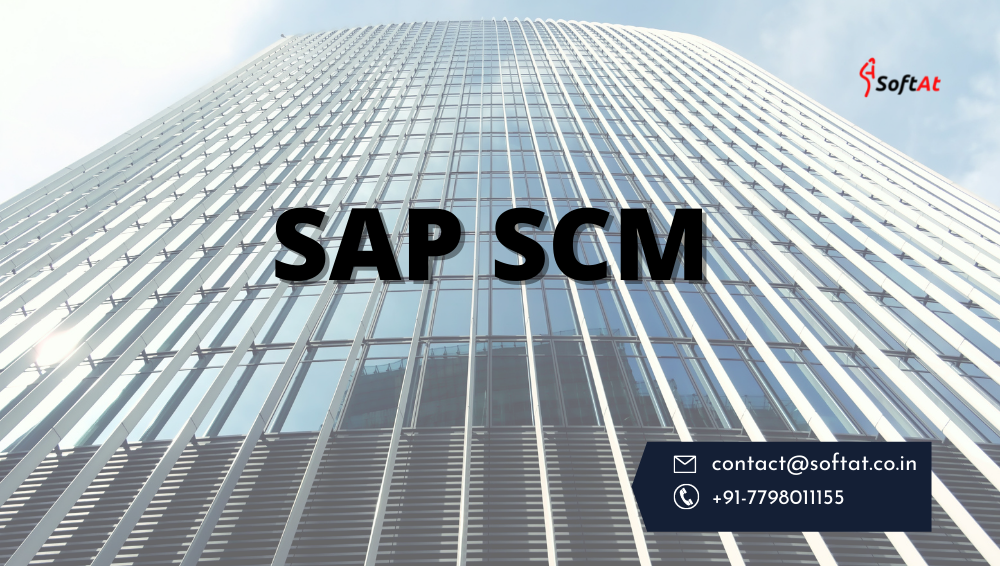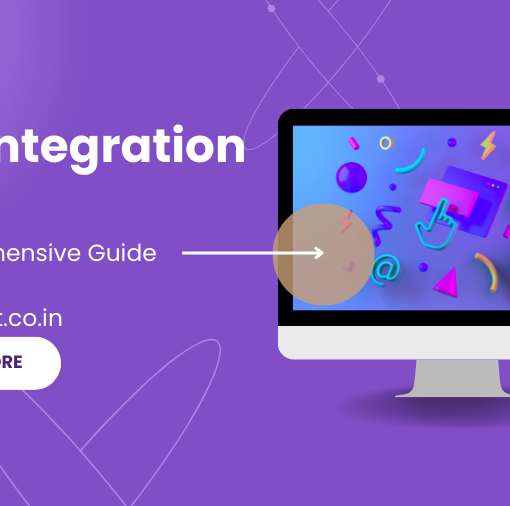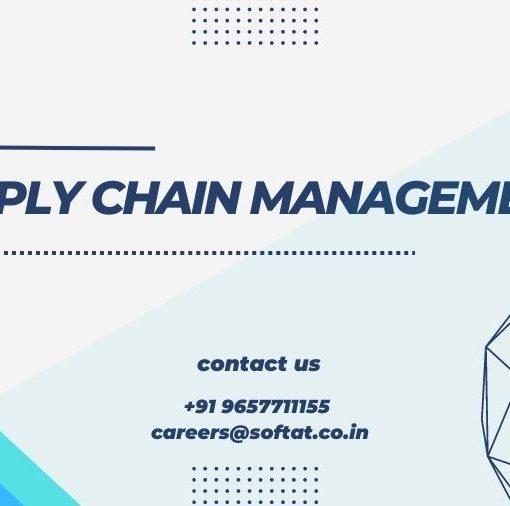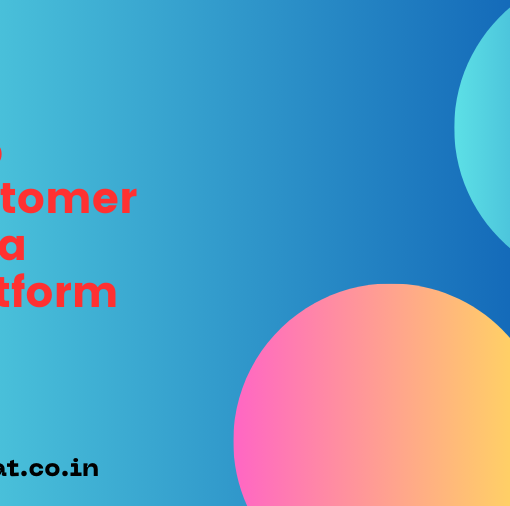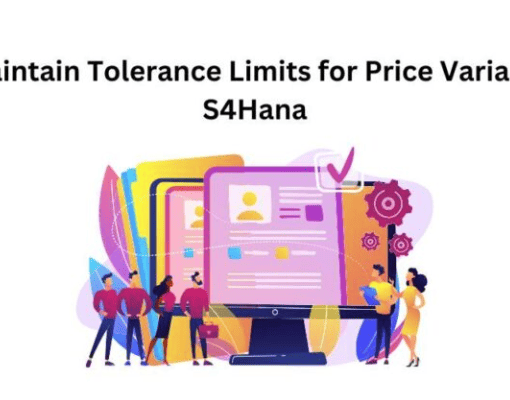What is SAP SCM?
SAP SCM (Supply Chain Management) is one of the key modules in SAP ERP and controls Production Planning, business forecasting, and demand planning. Several companies have adopted supply chain management as an integral aspect of their ERP solutions. To bring finished items to the market, manufacturers must work with a variety of suppliers and partners to secure raw materials and resources at the appropriate time and in the correct amount. Businesses are working on a variety of supply chain methods in order to increase plant productivity, improve product quality, and reduce manufacturing costs.
Integration of SCM becomes even more crucial as activities become more comprehensive and worldwide. Various modes, such as make-to-order, engineer-to-order, and configure-to-order, can be supported by an ERP solution, and operations assistance can be provided in real-time across multiple sites.
Role of ERP in SAP SCM
1. Demand and Planning
When orders are received, an ERP system is designed for supply chain management can automatically create demand. ERP improves supply chain management by allowing for more efficient task scheduling, As a result, supervisors can see what resources are being consumed and which ones are being used in real-time. This aids in the planning of product delivery dates. When inventory and raw materials are both full, production should commence. ERP ensures that production policies are in line with demand, that replenishment occurs at the appropriate time, and that inventory is kept to a minimum.
2. Procurement
An ERP designed for SCM allows for more efficient acquisition and supply of goods, services, and other resources throughout the supply chain. ERP software manages all aspects of the supply chain, from manufacturing and warehousing resources to transportation and execution processes. Several manual processes may be easily automated using ERP, such as communicating with vendors and suppliers and keeping track of correspondence.
3. Production
Each item’s bill of materials (BOM) can be created using the ERP system. All records for machine and labor resources are created and updated in real-time as production begins. For proper supply chain management, all shipment documentation is documented through the ERP system, reducing errors caused by manual processes. The system can ensure that things are sent out in a timely manner and that they are delivered on time. Work orders and job duties can be modified with the help of a feature-rich ERP to accommodate any last-minute changes, ensuring that the manufacturing process is completed on time.
4. Shipment
After the item has been delivered, the ERP software can generate an invoice, which must then be forwarded to the customer. To ensure that things are delivered on time, an ERP system assists in keeping a central repository for customer shipments and all delivery details. Furthermore, the system’s functions aid in the selection of packaging methods and the establishment of quality control requirements for both internal and external packages. Companies can manage resource conflicts in the job list with the help of ERP.
SAP SCM Components
SAP Supply Chain Management enables companies to plan and execute logistics efficiently within their supply networks, as well as manage workflows.
SAP SCM consists of the following components:
SAP Advanced Planning and Optimization (APO):
SAP APO is a module within SAP SCM that focuses on demand planning, supply network planning, production planning, and detailed scheduling. It provides advanced algorithms and analytics to optimize supply chain processes, improve forecasting accuracy, and enable efficient resource allocation.
SAP Extended Warehouse Management (EWM):
SAP EWM is a component that offers advanced capabilities for managing warehouse operations. It provides functionalities for inbound and outbound logistics, inventory management, storage bin management, and order fulfillment. SAP EWM enables businesses to optimize warehouse operations, improve inventory accuracy, and enhance order processing efficiency.
SAP Transportation Management (TM):
As mentioned in the previous blog, SAP TM is a component of SAP SCM that focuses on transportation planning, execution, and monitoring. It helps organizations optimize transportation routes, select carriers, track shipments, and manage freight costs. SAP TM provides end-to-end visibility into transportation processes, enabling businesses to streamline logistics operations and enhance customer service.
SAP Event Management (EM):
SAP EM is a component that allows real-time monitoring and tracking of supply chain events. It captures and analyzes information from various sources, such as ERP systems, transportation systems, and sensors, to provide real-time visibility into the status of goods, shipments, and processes. SAP EM helps organizations proactively manage exceptions, reduce disruptions, and improve responsiveness in their supply chain operations.
SAP Global Available-to-Promise (GATP):
SAP GATP is a component that provides real-time visibility into product availability across multiple locations and enables accurate promise dates to customers. It considers various factors like inventory levels, production capacity, transportation constraints, and customer priority to determine the feasibility of order fulfillment. SAP GATP helps organizations optimize order promise, enhance customer satisfaction, and align supply with demand.
SAP Supplier Relationship Management (SRM):
SAP SRM is a component that focuses on managing procurement processes and supplier relationships. It provides functionalities for supplier selection, contract management, supplier performance evaluation, and collaborative procurement. SAP SRM enables organizations to streamline procurement operations, improve supplier collaboration, and achieve cost savings through strategic sourcing.
SAP SCM Benefits
Using Supply Chain Management in SAP, an organization can achieve different benefits. They are:
- Accounts should be reduced. With enhanced insight into the AR process, ageing, and credit extension, receivable collections can be improved, resulting in a reduction in the day’s sales outstanding.
- Forecasting and dealing with abrupt changes in demand and supply can be done effectively.
- Use Net Fixed Assets (NFA) such as plants and equipment to their full potential.
- You may plan and manage the Supply Chain Management process of a firm wisely to meet client requests.
- Inventory optimization, order fulfillment, and shipment of goods are all important.
- The vital information is disseminated to all stakeholders across the network.
- To manage demand and supply processes in an organization, and improve communication and collaboration between different business divisions.
- Reduce the cost of items sold by increasing production efficiency and reducing product quality concerns.
Demand Management
Demand management is a set of processes and capabilities that are used to forecast, manage, and plan requests for goods.
The key features of Demand Management are:
- This component is used to improve demand forecasting through the use of promotions.
- You may handle demand for each store, product from various consumers, and thus see customer responses to changes in pricing policies, as well as profit for a particular product in the company, based on past sales data.
- Demand models are used to forecast how consumers will react to price changes.
- You can define product selling tactics based on your organization’s goals, such as increasing profit and revenue.
Demand management is handled via the SAP PP system’s Planned Independent Requirement (PIR). The input for production planning is the Planned Independent Requirement. A PIR has one planned quantity of a product and one material date, or a planned quantity that is split over a period of time.
Planning Strategies
Planning Strategies are divided into two:
Make to Stock Planning strategy (MTS)
This is a stock-production approach that does not require a sales order. It will be used to meet future client requests.
When using Planning Strategy 10, only the PIR quantity is taken into account for MRP runs, whereas sales orders are completely ignored. When you supply stock to a customer, the LSF need type in this PIR is reduced.
When using Planning Strategy 40, a maximum of two PIR and a Sales order can be considered for MRP runs, and the PIR is reduced when the Sales order is entered. In this situation, the PIR requirement type is VSF.
Make to Order Planning strategy (MTO)
This is a stock-production approach that does not require a sales order. It will be used to meet future client requests.
When using Planning Strategy 10, only the PIR quantity is taken into account for MRP runs, whereas sales orders are completely ignored. When you supply stock to a customer, the LSF need type in this PIR is reduced.
When using Planning Strategy 40, a maximum of two PIR and a Sales order can be considered for MRP runs, and the PIR is reduced when the Sales order is entered. In this situation, the PIR requirement type is VSF.

